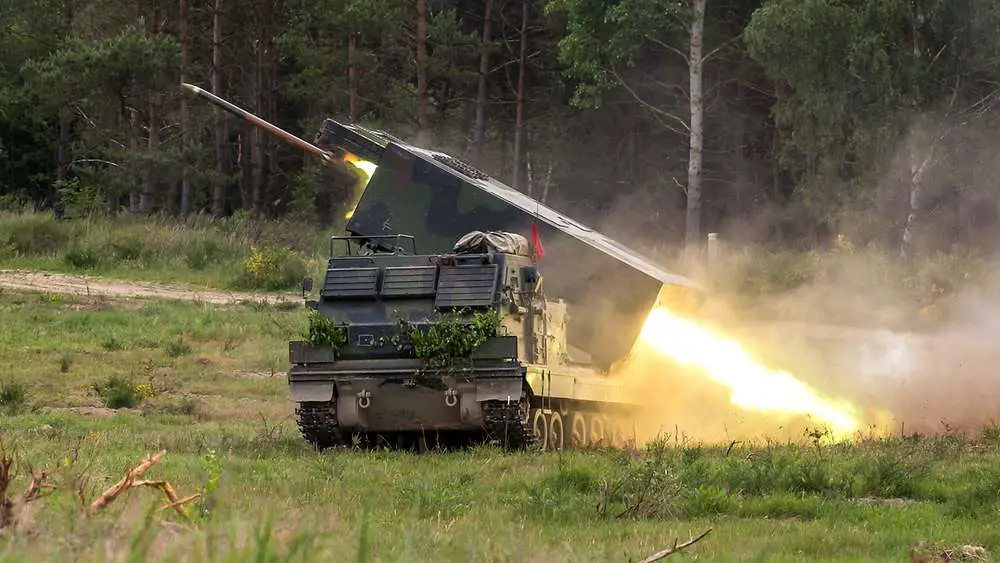The German Armed Forces (Bundeswehr ) will procure another 1,818 unitary guided missiles for the Guided Multiple Launch Rocket System (GMLRS) with a unitary warhead. At a cost of around 213 million euros ($239 Million), the defense against enemy missiles will be improved, and sufficient missiles will be available for the NATO VJTF (Very High Readiness Joint Task Force). These high-precision missiles are fired by the MARS II rocket launcher and can hit point and area targets up to 80 kilometers away with pinpoint accuracy and in any weather condition. With the planned further procurement of missiles. Also for the VJTF in 2023, 170 guided missiles of the Patriot ground-based air defense system from the Bundeswehr inventory will be upgraded.

The MARS2 / LRU is an European upgrade of M270 involving Germany, Italy and France. MARS II is equipped with a new fire control system (EFCS – European Fire Control System) designed par Airbus Defense and Space. EFCS enables firing of M31, M31A1, M32, AT2 and 110 mm rockets, but not of M26, M26A1, and M30, so as to ensure full compliance with the Convention on Cluster Munitions. The MARS II system was introduced to the Bundeswehr in 1990 under the designation MARS. The MARS2 can fire missiles of M31 Unitary type derived from the M30 currently in equipment, armed with a single explosive charge head for use in urban and mountainous areas; this craft is flying at Mach 3,4. The range of the rocket extends from 60 km for the M30 to 80 km for the M31 which contains a load of 404 submunitions M85.

GMLRS is an all-weather rocket designed for fast deployment that delivers precision strike beyond the reach of most conventional weapons. The GMLRS AW was the first munition developed to service area targets without the effects of unexploded ordinance. GMLRS unitary rockets exceed the required combat reliability rate and are cost-effective. In combat operations, each GMLRS rocket is packaged in an MLRS launch pod and is fired from the Lockheed Martin-produced HIMARS or M270 family of launchers. Currently, both GMLRS variants – Unitary and SMArt – are supported by the MARS II Fire Control System. To increase its terminal efficiency, the MARS2 offers a high accuracy (less than 7 meters) to limit the number of rockets needed to treat a target but also a graduation effects by several modes of triggering its military load.

Guided MLRS Specifics:
Persistent, responsive, all-weather, rapidly-deployable, long-range, surface-to-surface, precision-strike capability
Fired from both the MLRS M270 family of launchers and the High Mobility Artillery Rocket System (HIMARS) launchers
Guided MLRS rockets per launch pod, with 2 pods carried by the M270 launchers and 1 pod carried by the HIMARS launchers
More than 40,000 Guided MLRS rockets produced to date and climbing
Guided MLRS rockets have a reliability rating exceeding 98 percent
An Extended-Range Guided MLRS rocket is in development













